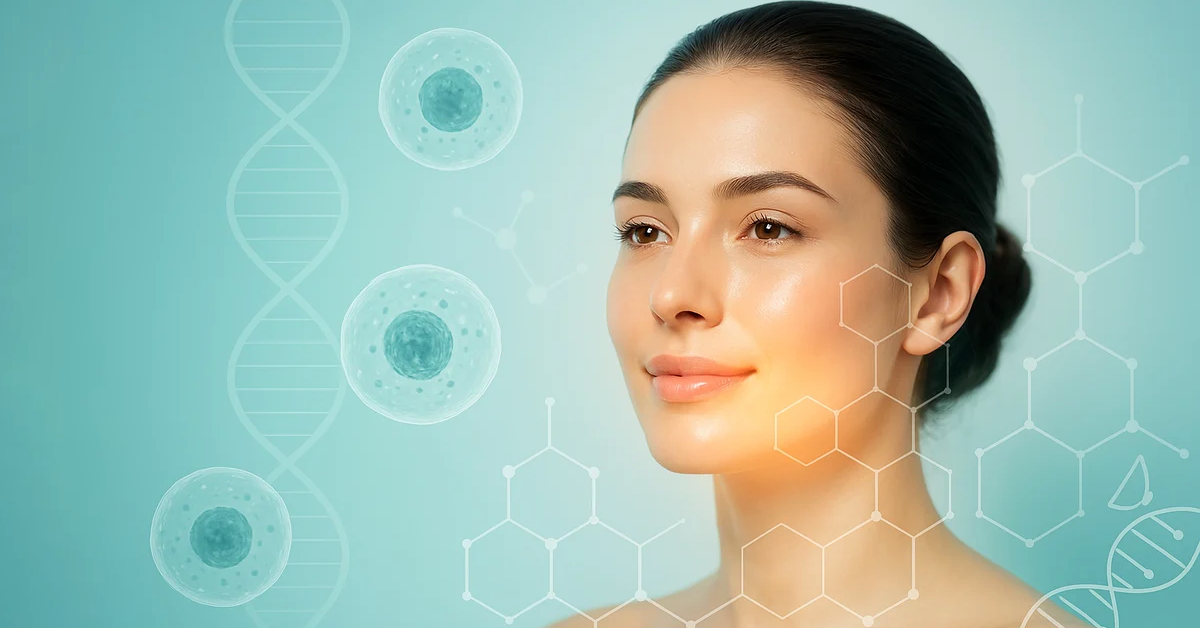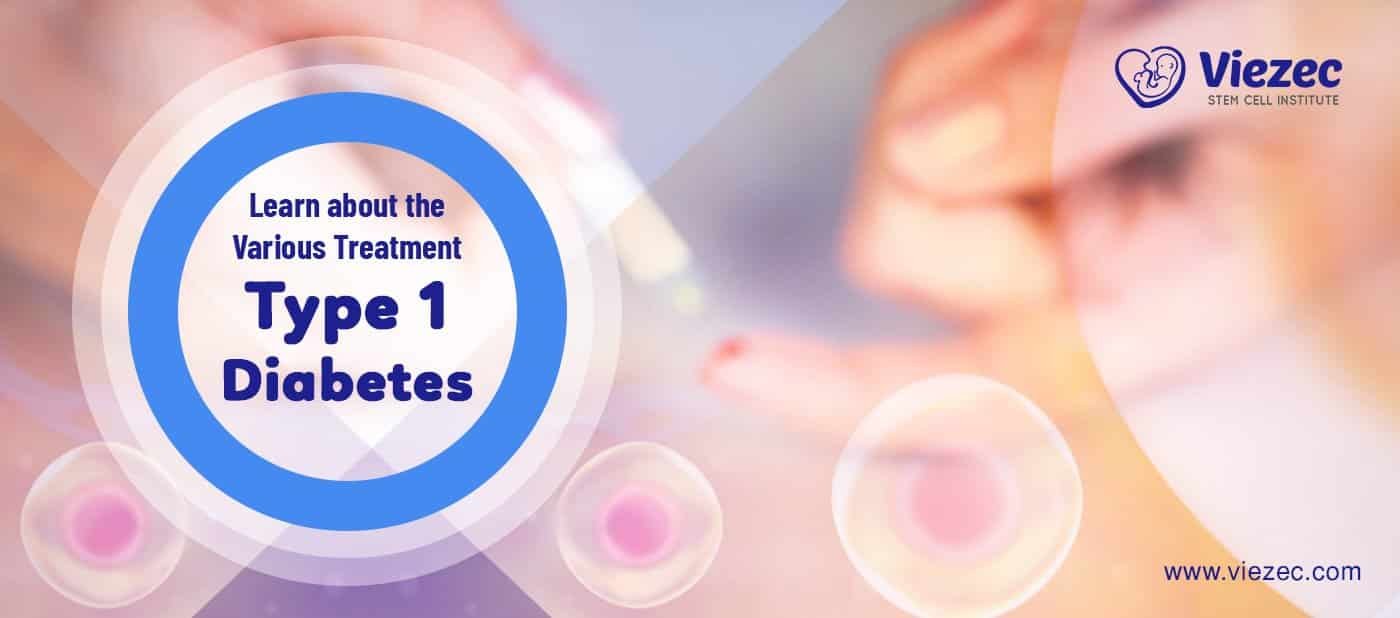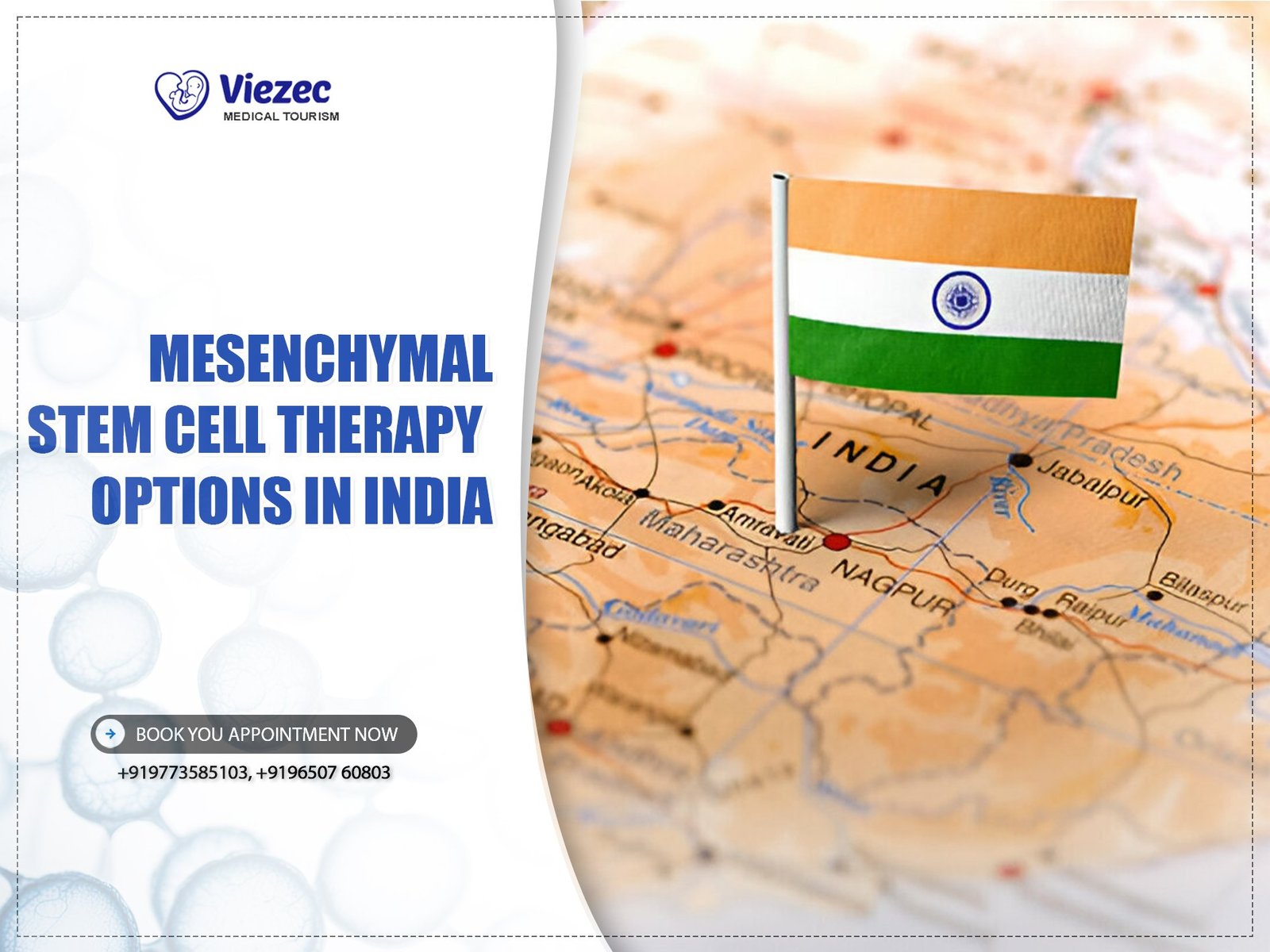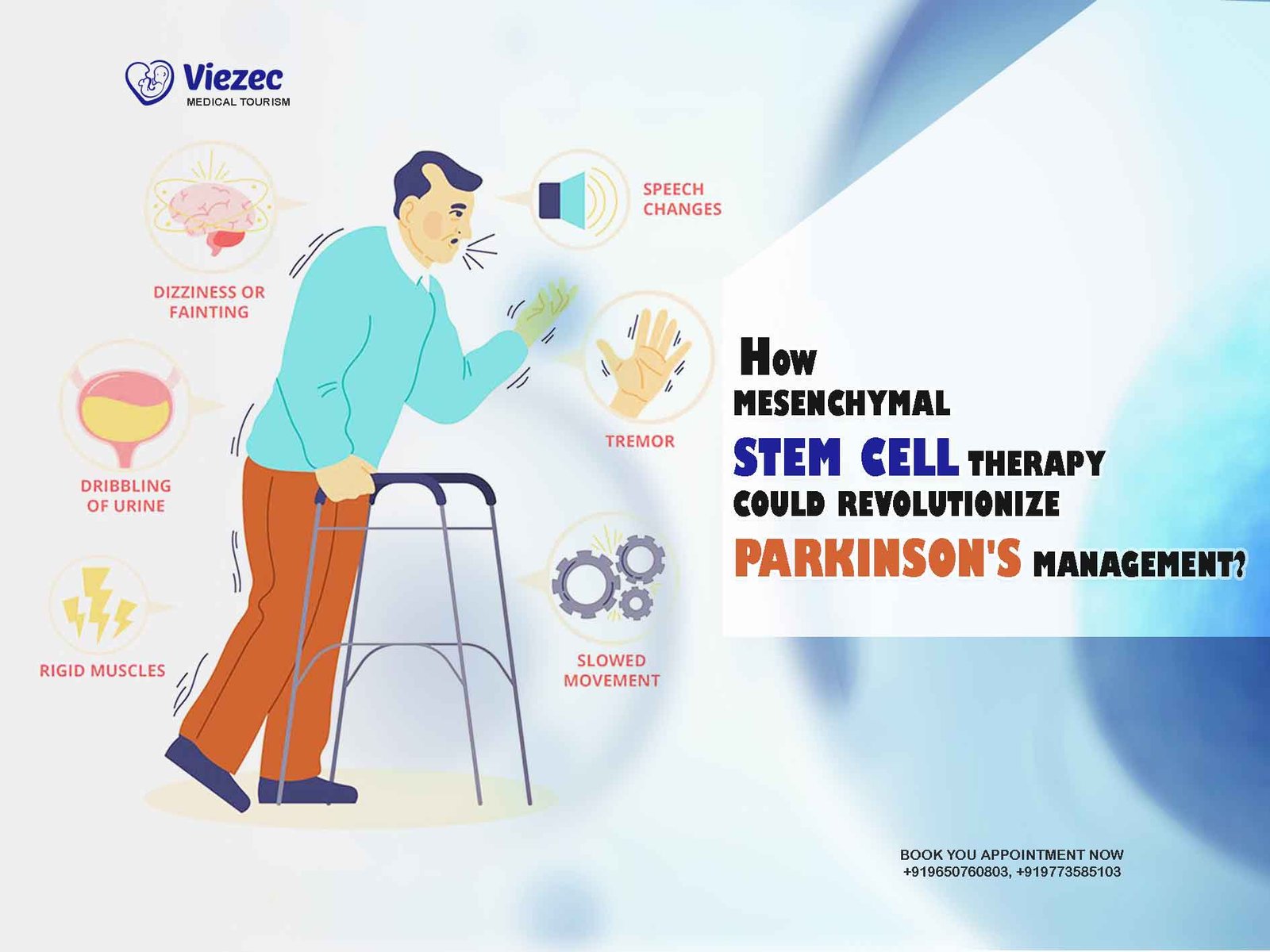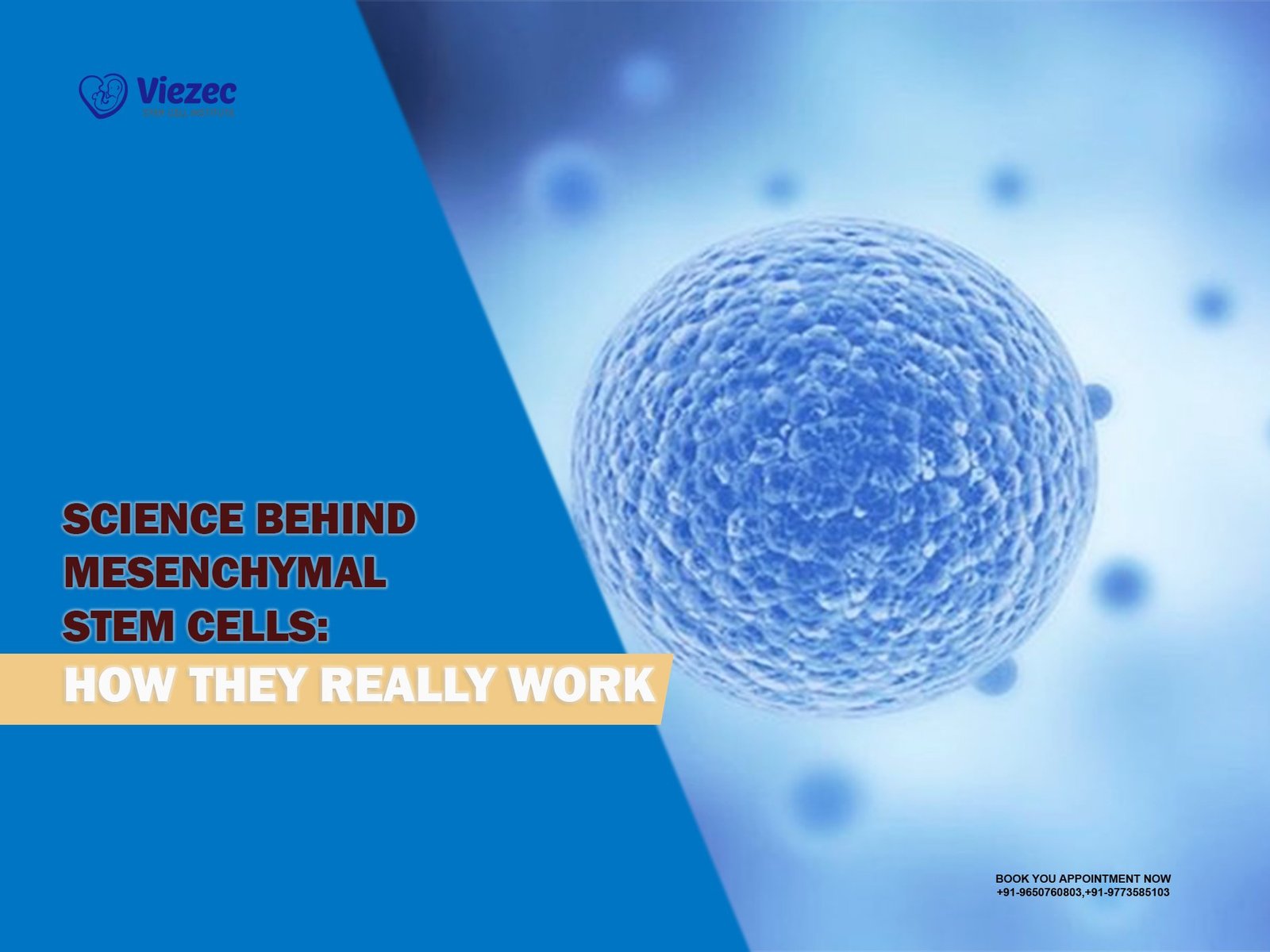Mesenchymal Stem Cells (MSCs) are transforming the landscape of anti-aging skincare by offering a powerful, science-backed solution to reversing skin aging and repairing deep tissue damage. This article explores how MSCs stimulate collagen production, enhance cellular renewal, and combat oxidative stress—all critical factors in restoring youthful, resilient skin. It also breaks down the different sources of MSCs, their clinical applications, and the latest treatment methods, including injections, topical products, and combination therapies. With a focus on safety, long-term results, and future innovations, this guide provides a visionary look at how MSCs are redefining what’s possible in skin regeneration.
Understanding Mesenchymal Stem Cells (MSCs)
What Are MSCs?
Mesenchymal Stem Cells, or MSCs, are remarkable building blocks of regenerative medicine. These multipotent cells can transform into various tissue types—including bone, cartilage, fat, and even skin—making them powerful allies in healing and rejuvenation. Beyond their ability to regenerate tissue, MSCs play a key role in calming inflammation and modulating the immune system. This makes them especially valuable in age-related therapies, where the body’s natural repair systems begin to slow down.
Common Sources of MSCs in Regenerative Medicine
Scientists and clinicians have identified several safe and effective sources of MSCs used in modern skin treatments:
Bone Marrow-Derived MSCs
These were the first type of MSCs to be discovered and are among the most studied. While highly effective, harvesting them requires a bone marrow aspiration procedure, which can be invasive and painful.
Adipose Tissue-Derived MSCs
Collected through liposuction, these MSCs are abundant, easy to obtain, and show excellent potential in cosmetic and dermatological applications. They’re often used in skin rejuvenation treatments due to their high regenerative capacity.
Umbilical Cord-Derived MSCs
Harvested from donated umbilical cords after childbirth, these MSCs are ethically sourced, youthful, and highly potent. Because they are immunologically less reactive, they are considered ideal for anti-aging therapies and aesthetic use.
Discover the Power of Stem Cell Therapy for Youthful Skin
Take the first step towards rejuvenation. Book your personalized consultation today!
Why Does Skin Age?
Biological Aging and Cellular Turnover
Aging is a natural, biological process—but it doesn’t affect all of us the same way or at the same pace. One key reason skin begins to show signs of aging is the slowing of cellular turnover. As we grow older, skin cells don’t renew as quickly. Fibroblasts—the cells responsible for producing collagen and elastin—start to lose their efficiency. The result? Skin becomes thinner, drier, and less elastic, making fine lines and wrinkles more noticeable.
Environmental Damage from UV, Pollution, and Toxins
The environment around us plays a significant role in how our skin ages. Exposure to ultraviolet (UV) rays from the sun breaks down collagen fibers and triggers the production of free radicals, which cause oxidative stress—a major contributor to premature aging. Pollution and toxins in the air can penetrate the skin, weaken its barrier, and lead to inflammation, pigmentation, and dullness.
Did you know? Up to 90% of visible skin aging is caused by sun exposure—making protection and repair vital.
Lifestyle Factors Accelerating Skin Aging
Your daily habits can either accelerate or slow the aging process. A poor diet lacking antioxidants, smoking, chronic stress, and sleep deprivation all contribute to increased inflammation and oxidative stress. These internal stressors weaken your skin’s ability to repair itself, leading to earlier signs of aging.
The Role of MSCs in Reversing Skin Aging
Mesenchymal Stem Cells (MSCs) are redefining the possibilities in aesthetic and regenerative medicine. When it comes to reversing the signs of skin aging, they don’t just patch up the surface—they work from the inside out to restore skin vitality at a cellular level.
Boosting Collagen and Elastin Production
Collagen and elastin are the structural proteins that give skin its firmness, flexibility, and smoothness. With age, their production slows significantly. MSCs counteract this decline by releasing growth factors that stimulate fibroblasts to produce more collagen and elastin. The result is visibly firmer, plumper skin—without relying on synthetic fillers or surgical intervention.
Enhancing Cell Turnover and Tissue Regeneration
Healthy skin thrives on renewal. MSCs promote the generation of new, healthy skin cells by accelerating cellular turnover and enhancing tissue regeneration. They replace damaged or dying cells with vibrant, functional ones—restoring smoother texture and more even tone over time.
Fighting Oxidative Stress and Inflammation
Chronic inflammation and oxidative stress are two of the biggest drivers of premature skin aging. MSCs have potent anti-inflammatory and antioxidant properties. They neutralize harmful free radicals and calm inflammatory signals, giving your skin a chance to heal and recover its youthful balance.
How MSCs Repair Damaged Skin
When your skin is injured—whether through cuts, acne scars, sun damage, or aging—Mesenchymal Stem Cells (MSCs) step in like a high-tech repair crew. They don’t just trigger surface-level improvements; they activate deep regenerative pathways that restore the skin’s strength, smoothness, and resilience.
Wound Healing Acceleration
MSCs significantly speed up the body’s natural wound healing process. They do this by encouraging the formation of new blood vessels (angiogenesis), stimulating the movement of keratinocytes (the primary cells in the skin’s outer layer), and helping rebuild the extracellular matrix—the skin’s internal scaffolding.
Restoration of Skin Barrier Function
A healthy skin barrier acts like a shield, protecting you from pollutants, bacteria, and moisture loss. Damage to this barrier often results in sensitivity, dryness, and breakouts. MSCs restore this critical defense by promoting lipid production and improving hydration, making the skin more resilient and less reactive.
Reversal of Photoaging Damage
Prolonged sun exposure leads to a condition known as photoaging—characterized by fine lines, dark spots, and rough texture. MSCs help reverse this damage by improving DNA repair mechanisms and encouraging the regeneration of sun-damaged tissue. Over time, this reduces pigmentation irregularities and smooths out the skin surface.
Ready to Restore Your Skin’s Natural Glow?
Speak with our experts to learn how mesenchymal stem cells can help you.
Treatment Methods Using MSCs
Mesenchymal Stem Cells (MSCs) can be applied in several innovative ways to target skin aging and damage. Whether you’re seeking dramatic rejuvenation or subtle daily improvements, there’s an MSC-based solution designed to meet your goals.
Injectable MSC Therapy
This method involves injecting MSCs directly into targeted areas of the skin, such as the face, neck, or hands. The cells go to work beneath the surface—stimulating collagen production, repairing tissue, and promoting regeneration from within. Because the therapy is localized, the results are highly precise and customized.
Topical MSC-Infused Skincare Products
For those seeking non-invasive options, skincare products containing MSC-derived exosomes, growth factors, and peptides offer a powerful alternative. These topical formulations help repair the skin barrier, improve texture, and enhance radiance with regular use.
MSCs Combined with PRP or Microneedling
When MSCs are used alongside Platelet-Rich Plasma (PRP) or microneedling, the benefits are amplified. PRP provides additional healing factors from your own blood, while microneedling creates microchannels in the skin to enhance MSC absorption. Together, they form a regenerative powerhouse.
Results You Can Expect from MSC Therapy
MSC therapy isn’t just about quick fixes—it’s about sustainable, deep regeneration. Unlike surface-level treatments that offer short-term improvements, MSCs work on a cellular level to rebuild and renew the skin over time. Here’s what many patients experience:
Improved Skin Texture and Hydration
After MSC treatment, one of the first noticeable changes is smoother, more even skin. MSCs support the production of hyaluronic acid and repair the skin barrier, leading to better hydration and reduced flakiness. Your skin starts to feel soft, supple, and refreshed.
Reduction in Fine Lines and Wrinkles
As collagen and elastin levels increase, fine lines begin to fade and deeper wrinkles soften. MSC therapy helps plump the skin from the inside out—without the stiffness or overfilled look that sometimes comes with synthetic injectables.
Enhanced Skin Radiance and Elasticity
Youthful skin isn’t just smooth—it’s radiant and resilient. MSCs promote cellular turnover and increase vascular flow to the skin, which improves tone and color. You’ll notice firmer skin with improved bounce and a healthy, luminous appearance.
Curious About Stem Cells for Anti-Aging?
Explore how regenerative therapy can help restore and revitalize your skin.
Is MSC Therapy Safe and Approved?
As with any emerging medical treatment, safety and credibility are top concerns—and rightly so. Mesenchymal Stem Cell (MSC) therapy is supported by a growing body of research, and its applications in skin rejuvenation are being embraced worldwide. Let’s break down what you need to know.
Clinical Trials and Emerging Evidence
MSC-based therapies have been the subject of extensive preclinical and clinical studies. Research consistently shows that MSCs are generally well-tolerated and effective in tissue repair, including skin. In dermatology and aesthetics, trials have demonstrated improvements in elasticity, wrinkle reduction, hydration, and scar healing—all with minimal adverse reactions.
Possible Side Effects and Contraindications
For most people, MSC therapy is considered safe. Side effects are usually minor and temporary—such as mild redness, swelling, or bruising at the injection site. However, individuals with autoimmune diseases, active infections, or certain allergies should consult a qualified medical professional before undergoing treatment.
Comparing MSCs to Other Anti-Aging Therapies
In today’s aesthetic world, there’s no shortage of treatments promising younger-looking skin. From retinoid creams to dermal fillers and laser resurfacing, options abound—but not all treatments go beneath the surface. This is where Mesenchymal Stem Cell (MSC) therapy sets itself apart.
MSCs vs. Retinoids, Fillers, and Lasers
-
Retinoids stimulate skin renewal and collagen production, but their effects are often limited to the epidermis (outer skin layer) and can cause irritation or peeling.
-
Dermal fillers offer instant plumping by adding volume beneath the skin, but they don’t address the root causes of aging, and their results typically fade within 6–18 months.
-
Laser treatments resurface the skin and promote collagen regeneration, but they may involve downtime, risks of pigmentation issues, and discomfort.
MSC therapy, on the other hand, works on a deeper biological level. It doesn’t just improve the look of your skin—it helps restore the way your skin behaves and repairs itself, targeting inflammation, collagen loss, and cellular aging from the inside out.
Long-Term Benefits Over Temporary Fixes
While many cosmetic treatments offer fast results, they often require frequent maintenance and may lose effectiveness over time. MSC therapy offers a more holistic solution, with effects that evolve and improve as your skin regenerates naturally.
-
Fewer touch-ups compared to fillers or peels
-
Healthier skin function, not just appearance
-
Lower cumulative cost in the long run for many patients
Related Articles
- Promise of Stem Cell Therapy for Skin Rejuvenation
- How Stem Cells Are Revolutionizing Anti-Aging Solutions
- Age Reversal with Stem Cells: Breakthrough Anti-Aging Solution
- Unlocking the Fountain of Youth: Can Stem Cells Promote Anti-Aging?
- Benefits of Opting for Stem Cell Treatment in Your Anti-Aging Journey

